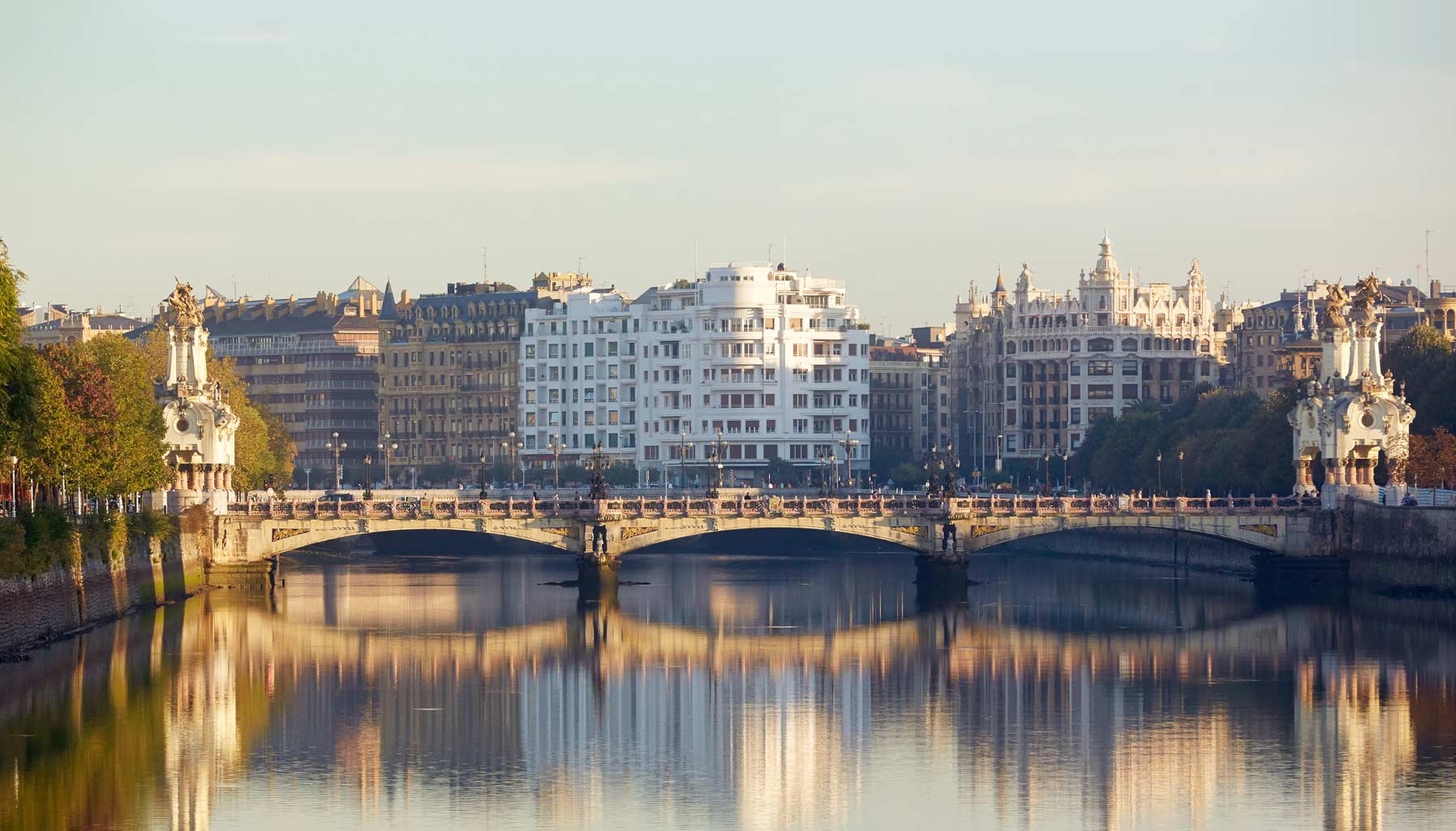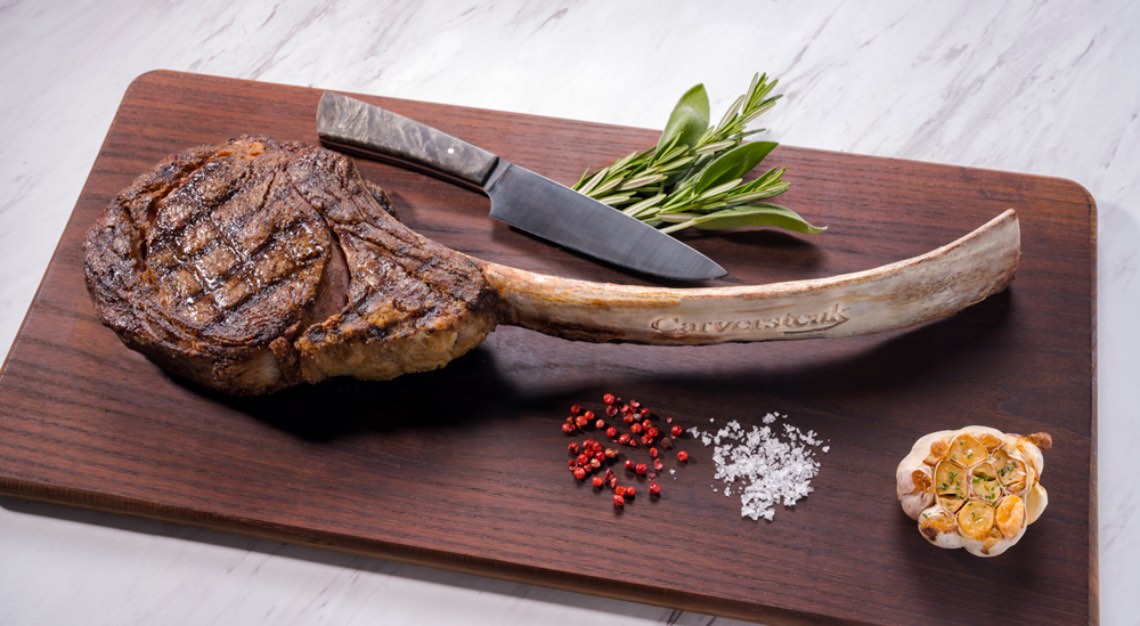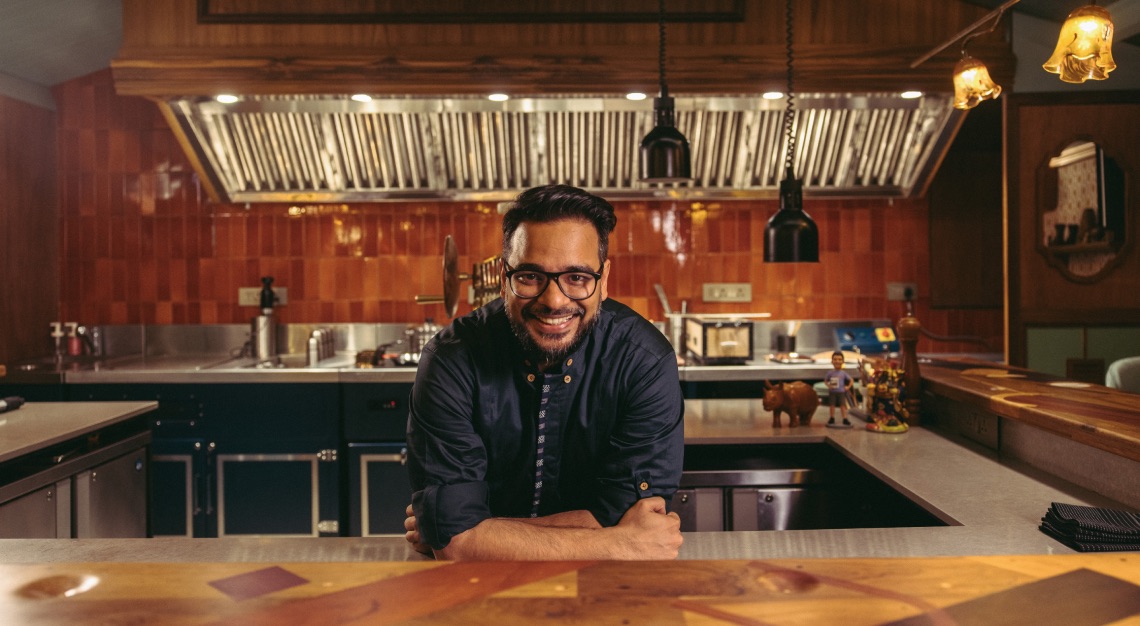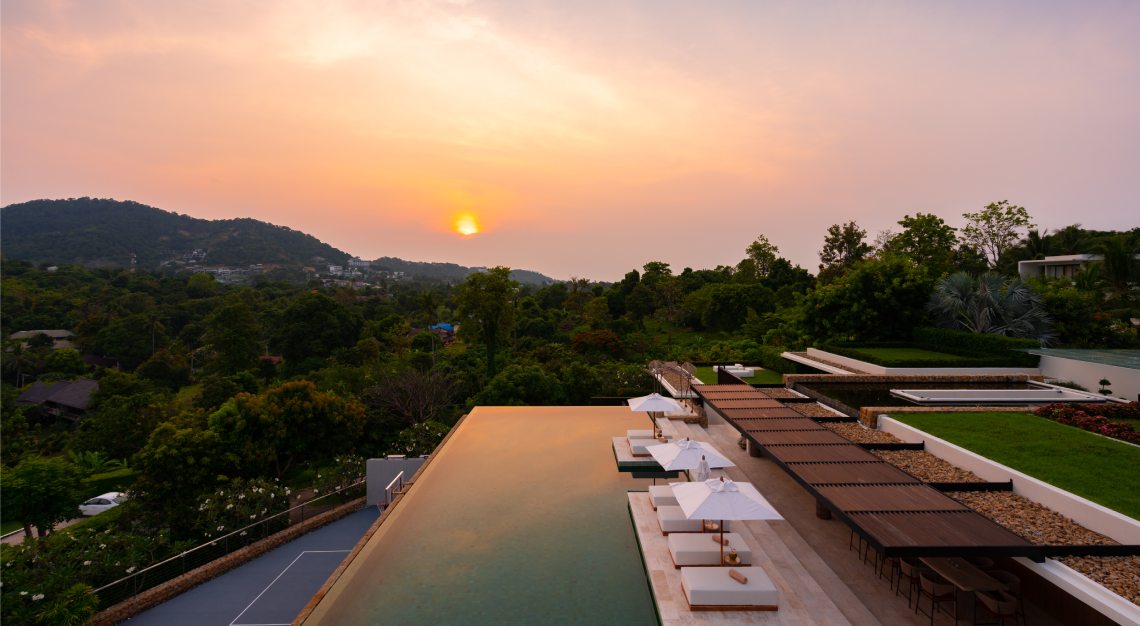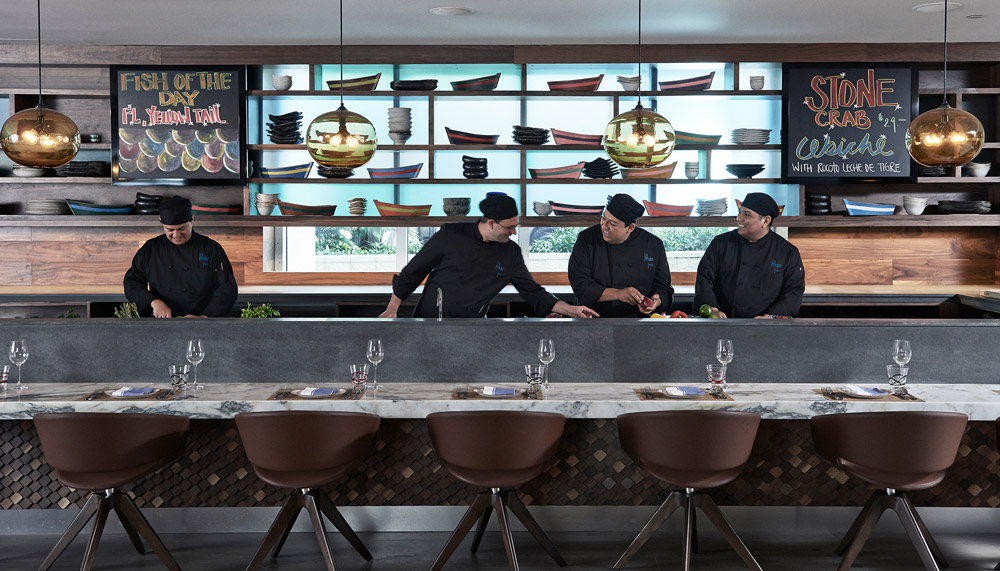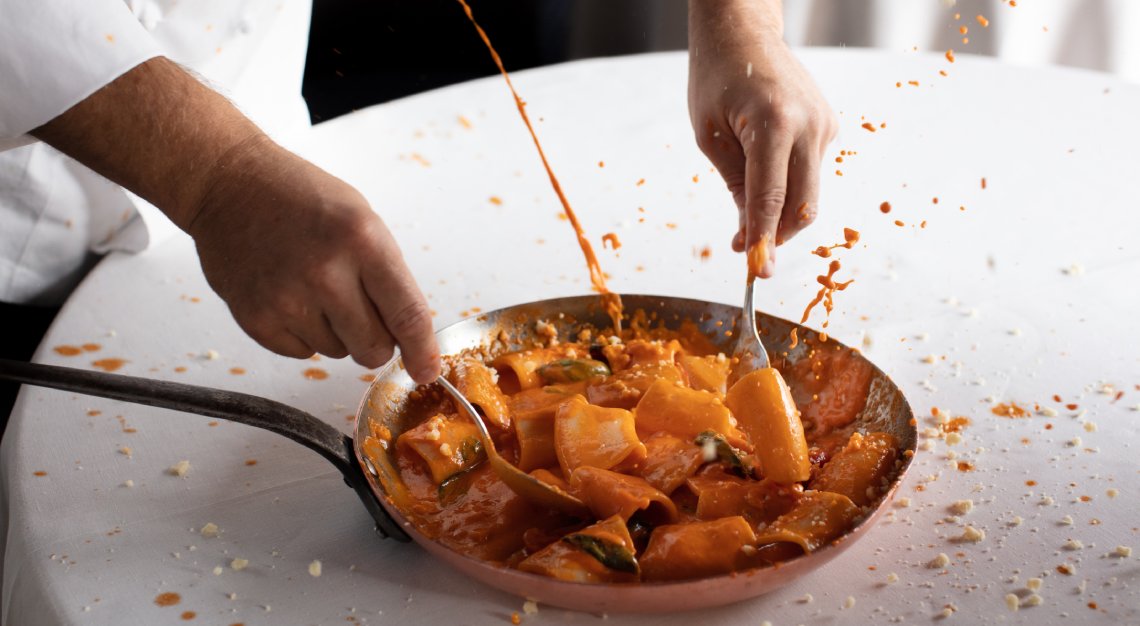Best of the Basque
For global gastronomes, one destination gets the pulse racing like nowhere else: a small town on Spain’s north-eastern Atlantic coast called San Sebastian. Within the town of less than 200,000 people sit three restaurants holding three Michelin stars.
As if that isn’t enough, the town is one of the prettiest in Spain thanks to its two half-moon beaches that create a natural amphitheatre, ringed by hills. No wonder it’s known as The Pearl of the Cantabrian Sea. The Spanish royal family made the once sleepy fishing village famous, choosing it as the location for their summer holidays, notably under Queen Isabel II in the mid-19th century.
One of the challenges facing first-time visitors is where to start your journey to food nirvana. Even though you could walk pretty much anywhere and be served dishes that would put restaurants in many global cities to shame, it helps to have a plan of action to maximize your time and ensure you don’t miss the most iconic plates.
Must Trys: The famed Pinxto and Gilda
Eskerne Falcon is an infectiously enthusiastic guide and host of culinary tours at Discover San Sebastian. Born and raised in the town, the proud Basque radiates love for her home and her tours provide the perfect opportunity to learn the culture and etiquette of the town’s trademark dishes. The picturesque Parte Vieja or old town is packed with pintxo (the Basque version of tapas) bars, but she navigates them effortlessly and takes visitors to places that they’d probably otherwise miss, where you almost begin to feel like a local.

A daytime tour allows you to visit the breathtaking market called La Bretxa, home to the finest local meats, seafood, fruit, vegetables and cheese that help explain San Sebastian’s food success. Then the pintxo start at Bernardo Etxea, just 91m from the famous beach known as La Concha, or the seashell.
Pintxo refers to the cocktail sticks that usually spear a number of ingredients, but the phrase covers all dishes on offer such as the softest octopus you’ll ever eat, dusted with smoky paprika, or the classic green padron peppers, deep fried and scattered with sea salt. Zingy marinated anchovies known as boquerones are covered with perfectly diced peppers, onions and tomatoes, while Eskerne also recommends the best drink to accompany, often the effervescent Basque white wine known as Txakoli, which is always poured theatrically from a great height.
Available all over town, a skewer of a pickled green pepper, salt-cured anchovy and olive is a San Sebastian classic known as a Gilda, named after a Rita Hayworth character who was ‘a little bit green, a little bit salty, a little bit sharp’. Elsewhere Taberna Gandarias has brilliant Galician beef topped with pepper, or decadent foie gras under a balsamic sauce, while for dessert the always-popular baked cheesecake at La Vina is outstanding, especially with a glass of sherry.
Michelin bites: Arzak and Mugatitz restaurants
Amid the many Michelin-starred fine dining restaurants, two stand out, Arzak and Mugaritz. Juan Mari Arzak has held three Michelin stars for a mind-blowing quarter of a century. His daughter Elena now runs the restaurant opened by his grandparents in 1897, where behind an unassuming suburban exterior sits an extraordinary modernist dining room.
Father and daughter are masters of innovation and invention, but not for the sake of it: the food is always the hero. Grilled lobster with charcoal-roasted zucchini, while in itself an excellent dish, is served on a glass plate above an iPad playing footage of waves crashing onto shore.
Fifteen minutes away, a road winds up through hills, skirting the region’s largest oak forest. Chef Andoni Aduriz named his restaurant after muga, the Basque word for ‘border’, and haritz (‘oak’). Mugaritz opened in 1998, before Basque and Catalan cuisine found global fame, but after Aduriz had played his part by helping to launch elBulli’s legendary research and development kitchen.
Many of his dishes are trompes l’oeil, or culinary tricks of the eye, such as arguably his most famous dish, Edible Stones. A new potato is covered in ash made from edible clay and lactose that makes it look exactly like a stone. The effect of biting one is surreal.
Another of his dishes not to miss is The belly of the monk, a perfect macaron made not from almonds and sugar, but foie gras and pig’s blood. Brilliant, playful, but most of all, utterly delicious. Toffee and parsnip cake sounds an odd match but of course in Aduriz’s hands it’s a thing of beauty, the sharp and spicy parsnip sitting beautifully both visually and in flavour with the toffee.
The beauty in San Sebastian is that whether you’re eating humble small plates in backstreet bars, or groundbreaking creations in temples bestowed with Michelin stars, you can always be guaranteed that the gastronomic pulse will be set racing.
